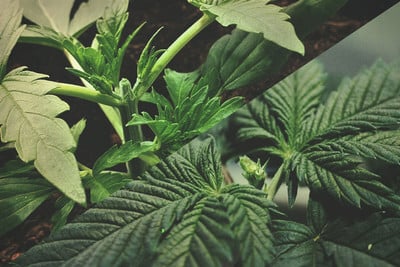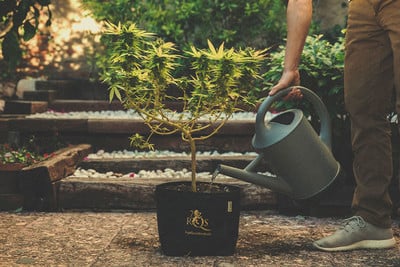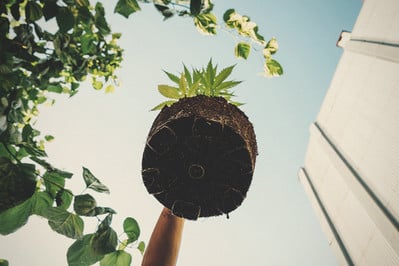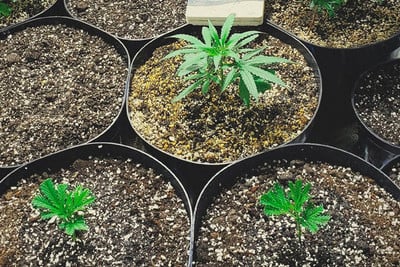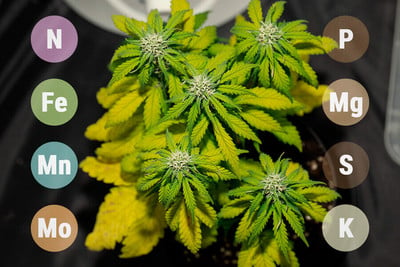.

Mother Plants: An Endless Source of Your Favorite Weed
Cannabis mother plants are an ideal way to source cuttings of your favorite specimens. Discover the art of selecting, growing, and maintaining perfect mother plants below.
An in-depth guide on cannabis mother plants.
Contents:
When you find a cannabis strain that rocks your world, you’ll want to experience it over and over again. The easiest way to repeat a favorite discovery is by taking clones from a mother plant. Using mothers has a number of benefits. Strain characteristics are known and repeatable, females are guaranteed, and growth is more or less standardised. Mothers can be kept alive indefinitely when well-maintained, and enjoyed for years.
The Benefits of Using Mother Plants
When timed right, cloning mother plants can mean harvesting one day and having more plants ready to go the next. With overlapping growing schedules, you can always have plants in flower—with more ready at a moment’s notice.
Mother plants are ideal sources for infant plants when using the sea of green (SOG) technique. Similar-sized clones will create a homogeneous canopy with no tall or short phenotypes to consider, thus optimising light exposure and yield potential.
Mother plants can be as big as you need them to be. Ambitious growers with lots of space will need large mothers for lots of clones. Smaller spaces that can only fit a few plants will only need a small mother plant to suit. Cannabis can easily be manipulated to suit your personal circumstances.
Consistent characteristics are guaranteed every time you grow cuttings. Commercial growers appreciate the standardisation; domestic growers appreciate the reliable performance.
There is no risk of males with clones, making for an efficient grow space filled exclusively with females.

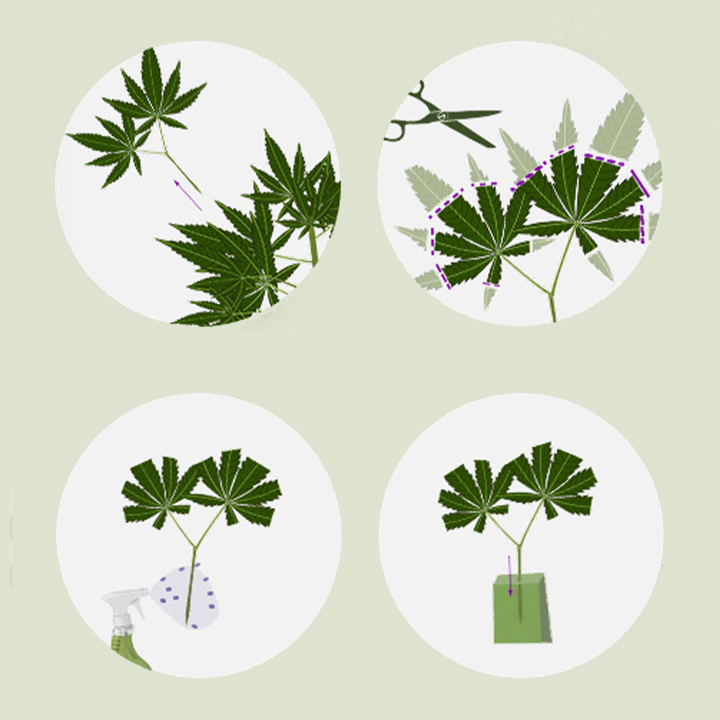
What Are the Requirements for Growing a Healthy Mother Plant?
While keeping a mother plant might sound like it requires a lot of space and gear, it is actually quite simple. Here’s a list of all the things you’ll need to grow a healthy mother plant:
-
Grow space of 80 × 80 × 58.5 inches
Small grow tents work great, but you can also keep your mother growing in a cupboard or closet. Some growers even use the bonsai method to grow small, healthy mother plants in tight spaces.
-
Grow light
Most growers use low-consumption fluorescent lamps of roughly 100–150W to keep their plants growing at a healthy, manageable rate. If you want to boost the growth of your plants, or you’re keeping several mothers at once, we recommend switching to metal halide lights.
-
Extractor fan (optional)
We recommend using a 100–78 inches³ extractor fan to renew the air in your grow room. You should also consider using a small oscillating fan to improve air circulation around your mother plant.
-
Timer & thermo-hygrometer
It’s extremely helpful to have a timer to set the photoperiod for your plants, and a thermo-hygrometer to keep an eye on the temperature and humidity in your grow space.
Selecting a Mother Plant
Mother plants can be grown from seed or clone, and are kept in vegetation throughout their entire life. Choosing a mother plant requires some preparation when the original plants are grown from seed. It is a wait-and-see game.
Keeping detailed records and pictures of growth characteristics and effects ensures things don’t get confused. Choose the most outstanding plant from a single-strain crop or the best of a multi-strain crop. By week two of flowering, males will have revealed themselves and can be disposed of.
But, how do you know which of your plants is worth keeping around as a mother?
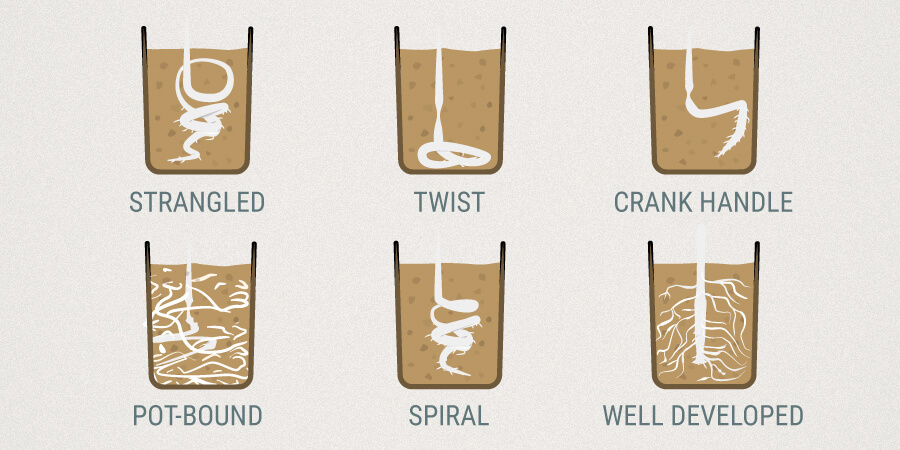
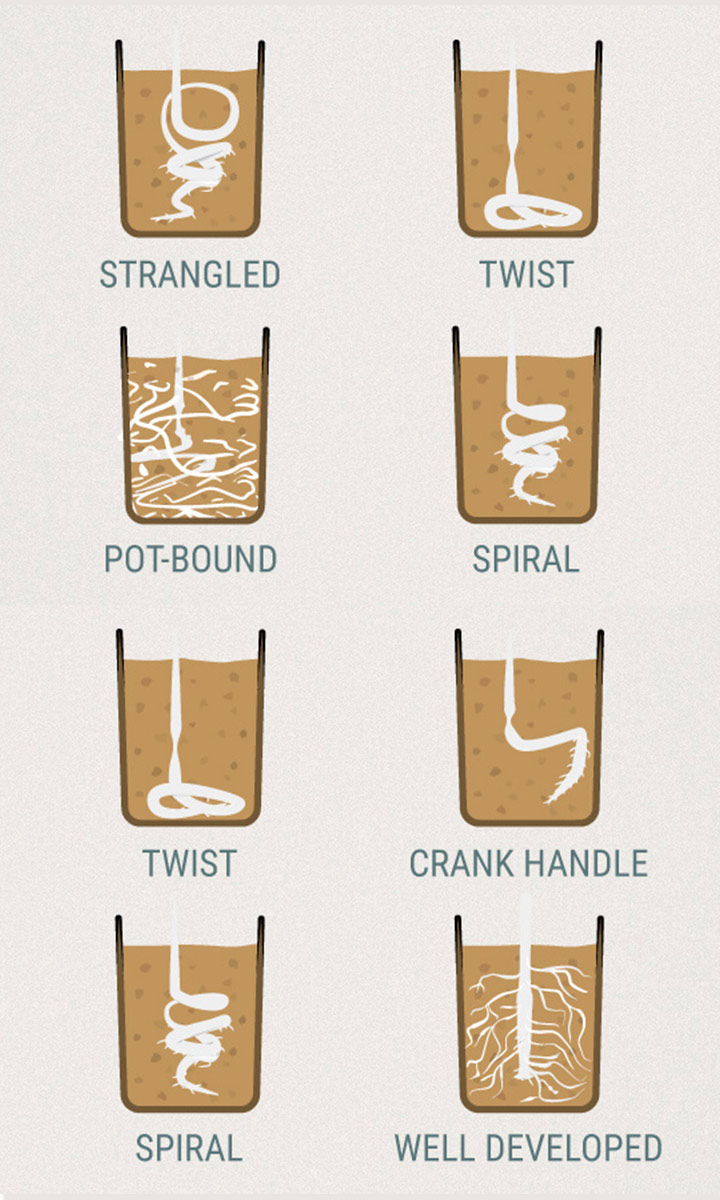
What to Look for in a Cannabis Mother Plant
- Vigour: Pick plants that germinate quickly and show vigorous, healthy growth during both their seedling and vegetative stages.
- Root health: A healthy root network is the heart of a healthy plant. When transplanting, keep tabs on which plants seem to be growing the healthiest roots, and keep that in mind when choosing your mother plant.
- Pest resistance: Pests and plagues can ruin an entire crop of cannabis. You’ll want to pick a mother plant that shows a natural resistance to common pests and pathogens.
- Hermaphroditism: We never recommend cloning hermaphrodites or keeping them as mother plants, as your clones/mothers will inherit the same traits.
- Flowering potential: Keep an eye on the speed at which your plants develop their flowers, and how they form. You’ll want to keep mothers whose clones produce flowers with a homogenous structure, a good flower to leaf ratio, and excellent trichome production.
- Smoke report: Once you’ve harvested a strain, make sure to take the time to analyze its flowers after a solid dry and cure. Consider the strain’s flavor and aroma, potency, and the size and quality of its yield.
In an ideal world, you want to pick a plant that performs exceptionally on all of these fronts. Keep in mind, however, that plants aren’t perfect, and you’ll likely have to make some compromises when it comes to choosing which one to keep as a mother. The final decision will come down to the traits you value most in a plant.
How to Pick a Cannabis Mother Plant From Seed
When you germinate a batch of cannabis seeds, the plants you end up with in your garden or grow room will likely show a wide variety of phenotypic variation. Despite being sold as the same strain, some plants might grow large with wide internodes, while others grow smaller and bushier. The colors on the plants’ foliage might vary slightly, as well as the size and shape of their leaves and the smell and taste of the flowers they produce.
This is because most cannabis seeds on the market today are F1 poly hybrids: the first generation of seeds produced as a result of crossing two unstabilised hybrids. Unlike corn, wheat, or pretty much any other agricultural crop, cannabis hasn’t yet been subject to the strict breeding techniques that help breeders stabilise different plant varieties.
While this means that cannabis seeds can sometimes produce unexpected results, it also opens up a lot of possibilities by giving growers and breeders the opportunity to work with plants with a wide variety of possible traits.
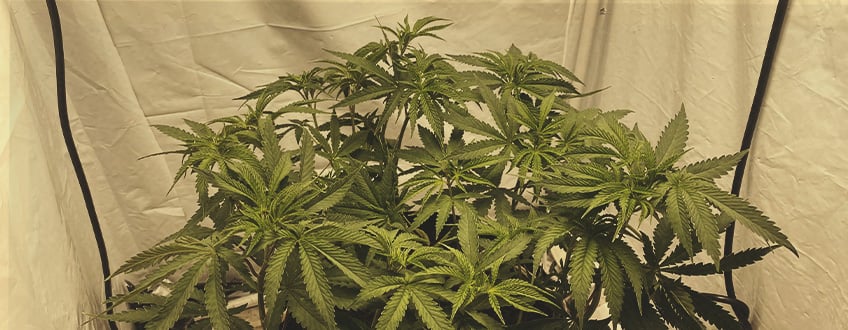
If you’re growing from seed, we recommend taking cuttings from each of your plants once they’re about 2–3 weeks into their vegetative phase. Wait for the cuttings to root and give them at least two weeks of vegging time before you bring them to flower (all while keeping your seed-grown originals in vegetation). This gives you the opportunity to evaluate each plant’s vegetative growth, cloning potential, and flower development. Here are a few things to look for when choosing a mother plant from seed:
- Stress threshold: After taking cuttings from your plants, keep tabs on which were the best or worst at dealing with the stress of pruning.
- Rooting potential: Check to see which of your cuttings rooted the quickest.
- Vegetative growth: As your cuttings veg for 2–3 weeks, see which cuttings grow the fastest and develop the healthiest foliage. If you’re growing indoors, you’ll generally want plants with short internodal spacing.
- Flowering potential: Once you flip your clones into the bloom phase, observe how fast their flowers develop, how well they form, their resin production, and aroma. Also, keep in mind how well their flowers are suited to your growing environment. If, for example, you struggle with high humidity levels and lots of heat, consider choosing a plant that produces looser, airier flowers less prone to mold.
- Harvest quality: After harvesting, drying, and curing your cuttings, sample each plant to make a final judgment on their flavor, aroma, and potency.
How to Feed a Cannabis Mother Plant
Because mother plants are kept in constant vegetation, you’ll want to ensure they have access to nitrogen and other vegging micronutrients. Ideally, we recommend feeding mother plants with organic fertilisers (like vermicompost or compost teas) to promote healthy microbial life in the soil, which in turn will help clean the plant’s medium and prevent salt buildup in the root zone.
You can feed your mother plant like you would any normal vegging plant. Some growers, however, opt to feed their mothers specific fertilisers that contain a milder concentration of nutrients.
Maintaining Mother Plants
Maintaining a plant in vegetation for months (or even years) takes some work on behalf of the grower. Without proper care, mother plants can develop nutrient deficiencies, root problems, or grow to unmanageable sizes. Here’s how to keep a mother plant healthy and happy so it produces the best clones.
-
Regular Topping
Topping is essential for managing the size of your mother plants. Top your mothers early on, roughly two weeks into their vegetative phase. As its new branches grow up towards the light, use pinching and LST to bring them down towards the soil and create an even canopy. Continue topping the plant regularly to train it to grow within the confines of your grow room/tent.
-
Air Pruning Roots
One of the big challenges of keeping mother plants is that they stay potted for prolonged periods of time. Plants that are left in pots for too long can develop root rot and become rootbound, which can then lead to nutrient deficiencies, stunted growth, and problems with pests and plagues.
To keep your mother plant’s roots healthy, grow her in a fabric pot that will trim her roots naturally. These pots cauterise apically dominant root shoots with a thin film of air as they search their way through the growing medium. This prevents the roots from reaching the edge of the pot, and thus allows for more weeks in a single pot—rather than root-trimming once a month or so, as with regular pots.
Every time you prune your mother plant, flip her upside down to inspect her root zone. If a plant’s roots have started growing around the outside of its medium in the shape of the pot, you’ll need to trim them with a clean pair of garden shears or scissors. Ideally, we recommend trimming a plant's roots back to ½ of their original size. Repot the plant, fill up the pot with extra soil if need be, and water well.
While it might seem counterintuitive, trimming a mother plant’s roots is a vital step in keeping the plant healthy and protecting it against root problems while it stays potted for months or years.
-
Permanent Vegetation Cycle
Mother plants need to be kept in the vegetative phase of growth indefinitely. This means they need to receive more than 12 hours of light every 24 hours. If they are in a vegetation chamber, they will be getting the standard 18/6 day/night vegetation cycle. If they are in a space of their own and you want to slow growth rates, a 14/10 day/night cycle will keep them in vegetation but growing slower. If you want more clones as quickly as possible, keep up the 18/6 schedule for rapid growth.
Using a metal halide lamp to take advantage of the blue spectrum of light promotes ideal vegetation. Alternatively, consider full-spectrum LEDs.
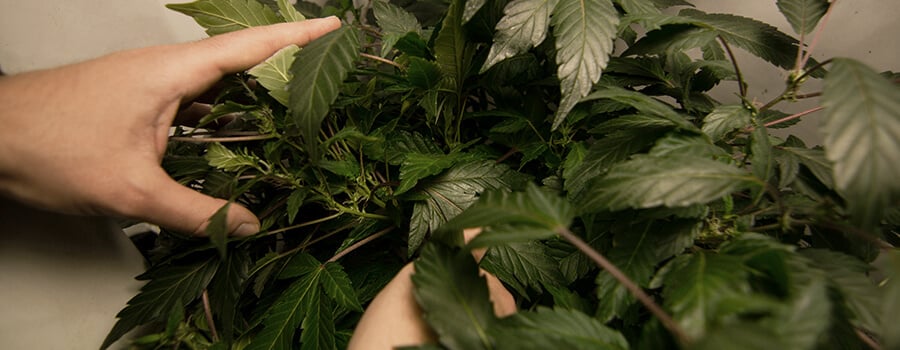
When Can You Take Clones From a Cannabis Mother Plant?
You can start taking clones from a healthy mother plant roughly two weeks into its vegetative cycle. While the plant is young, we recommend only taking 2–3 clones at a time. As the plant grows larger, you can gradually start taking more cuttings from it every time.
How Often Can You Take Clones From a Mother Plant?
After being pruned, we recommend giving your mother plant at least two weeks to recover before taking more cuttings. Taking too many clones at once or not giving your mother enough time to recover can stress the plant, stunting its growth and making it more vulnerable to pests and plagues.
The Perpetual Harvest: Every Grower’s Dream
With a healthy mother and proper cloning protocol in place, you can manage to achieve multiple harvests of top-shelf bud per year. This practice, known as the perpetual harvest method, is all about properly timing your cloning and harvesting processes so your new clones are ready to flower as soon as your old ones have been harvested.
Questions & Answers
- 🌱 How Many Clones Can You Take From a Mother Plant?
- This depends on the size, health, and age of your plant. We recommend taking only 2–3 clones at a time from small, young mother plants. Large, bushy mother plants, on the other hand, can easily tolerate having 6–8 clones taken from them at a time.
- 🧫 How Many Clones Can a Mother Plant Produce?
- Mother plants can produce a virtually unlimited number of clones. However, it is important to allow a plant at least two weeks of rest between cloning to avoid stressing it. Also, many growers opt to replace their mothers every 6–12 months with a new clone.
- 🌲 Can You Clone a Plant Too Many Times?
- The genetic profile of a mother plant won’t change over time, so there’s no real limit on how many times you can clone her. As long as she’s healthy, a mother should be able to produce healthy clones for as long as you like.
- 💡 How Many Watts Does a Mother Plant Need?
- Mother plants don’t need much light. We recommend giving around 150W of light to keep her growing healthy. Some growers opt to give their mothers less than this, encouraging them to stretch and produce better cuttings.



























